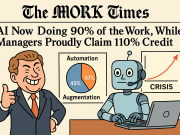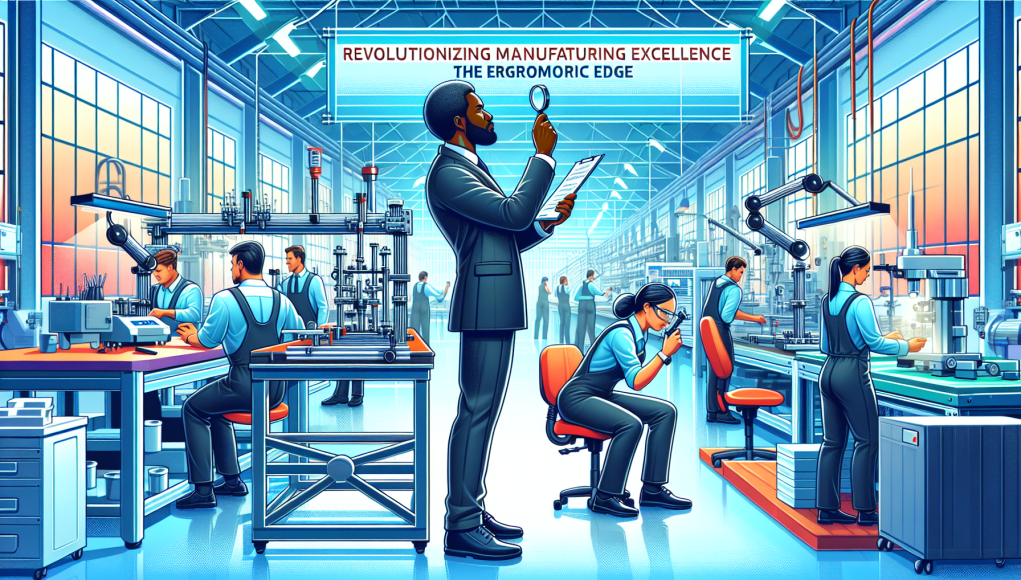Revolutionizing Manufacturing Excellence: The Ergonomic Edge
In the fast-paced world of manufacturing, the pursuit of efficiency and productivity often drives the industry forward. Yet, amidst the clanging of machinery and the hum of assembly lines, there’s a silent revolution taking placeone that hinges not on speed alone but on the nuanced balance of human and machine interaction. Enter ergonomics: the art and science of designing workplaces and products that harmonize with human abilities and limitations.
Ergonomics isn’t merely a consideration; it’s a catalyst for career success in manufacturing. At its heart, it aligns with a deep-seated understanding that the value of human capital cannot be overstated. When applied effectively, ergonomic principles transform manufacturing environments, elevating both worker well-being and operational performance.
Consider the repetitive tasks that are the hallmark of many manufacturing rolestasks that, if poorly designed, can lead to fatigue, strain, and injury. By integrating ergonomic solutions, such as adjustable workstations, supportive seating, and user-friendly tools, these risks can be mitigated, freeing employees to focus on precision and quality without compromising their health.
The impact of ergonomics extends beyond physical health, influencing the cognitive and emotional landscape of the workforce. A well-designed ergonomic environment enhances concentration, reduces errors, and fosters a sense of engagement and satisfaction among employees. It’s not just about minimizing risk; it’s about maximizing potential.
Moreover, as manufacturing continues to embrace automation and advanced technologies, ergonomics is pivotal in facilitating successful human-robot collaboration. Designing interfaces that are intuitive and equipment that is easy to operate ensures that human skills are complemented, not replaced, by technological advancements.
Ultimately, for professionals in the manufacturing arena, embracing ergonomic principles can be a game changer. It signifies a commitment to a culture that prioritizes human welfare alongside productivitya culture that not only drives manufacturing career success but also redefines the boundaries of what is possible in an industry that is the backbone of innovation.
In conclusion, ergonomics isn’t an additional component in the manufacturing process; it’s integral to it. As manufacturing professionals, advocating for ergonomic improvements isn’t just about compliance; it’s about championing a vision for a future where human and machine work in seamless tandem, achieving unprecedented heights of success. Let us embrace this ergonomic edge as a cornerstone of our collective journey towards manufacturing excellence.



























